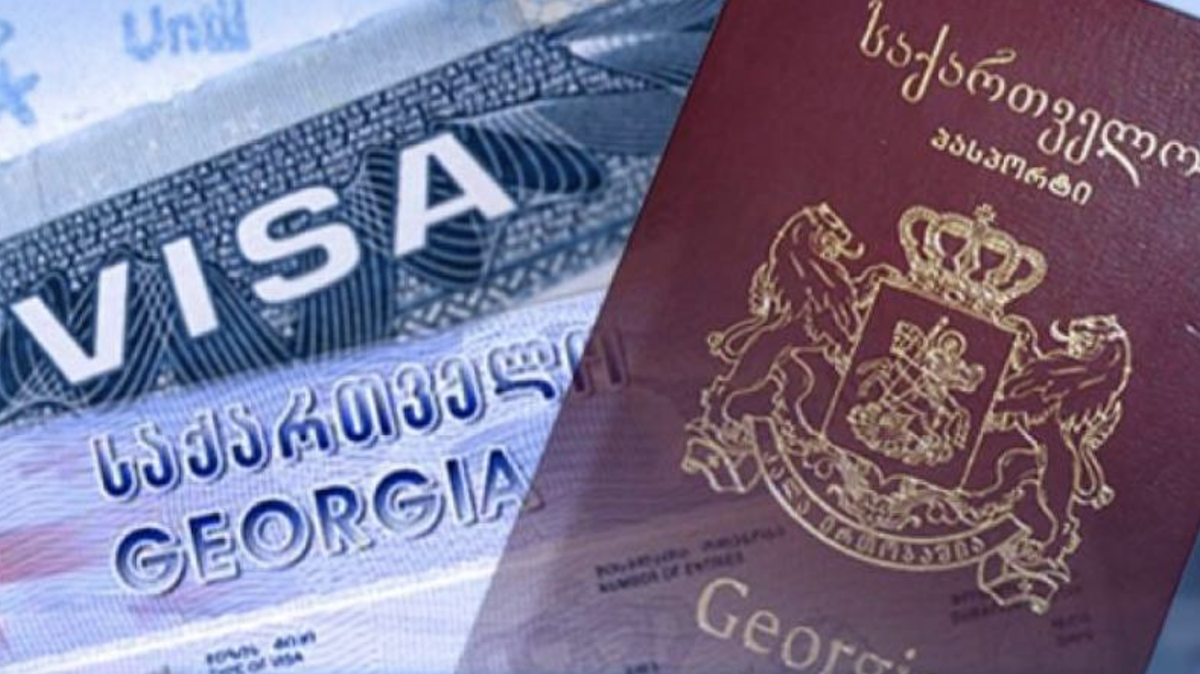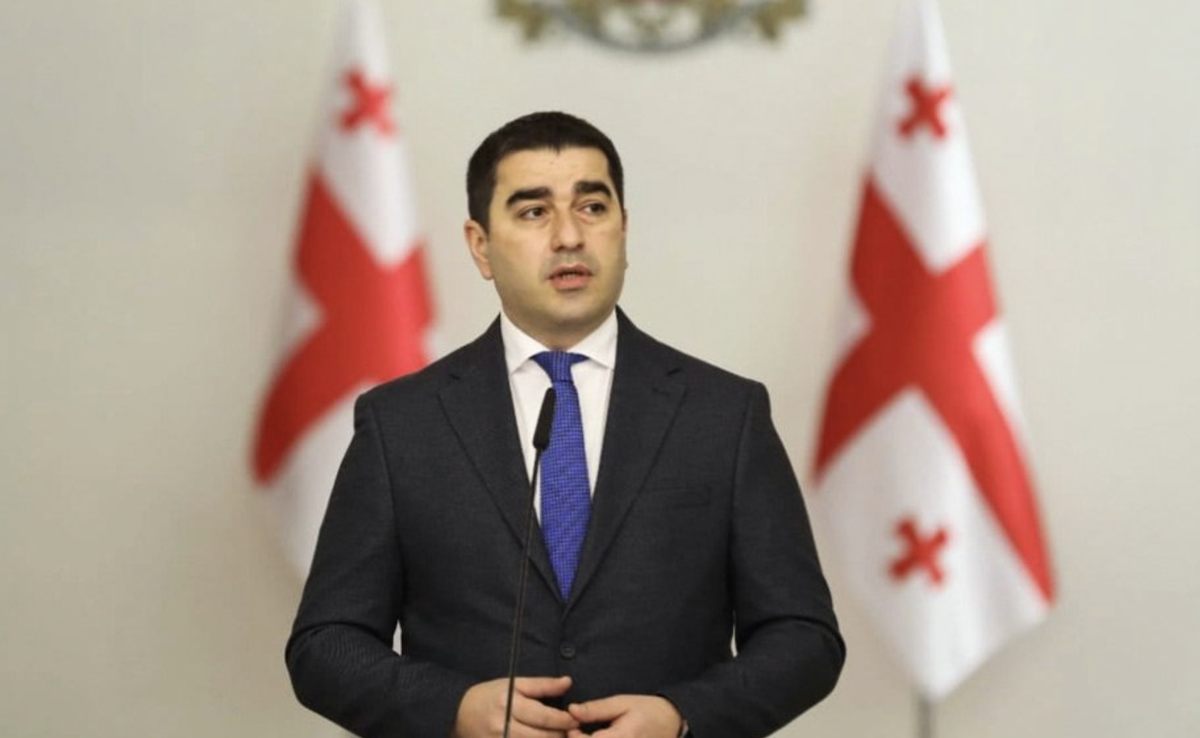Georgia's budget for 2023: social spending predominates
Parliament approves budget for 2023
In 2023, with the approval of the parliament, the government plans to mobilize and spend a record amount for Georgia — 21,900,000,000 lari. At the exchange rate for December 2022, this amounts to 8,200,000,000 dollars.
This is about half the budget of Estonia, whose population is almost three times smaller than the population of Georgia. However, when determining the budget, the main criterion is the size of the economy, or GDP.
The state budget of Georgia for 2023 is designed for five percent economic growth and it is assumed that next year the nominal GDP will reach 79,700,000,000 million lari.
If the exchange rate of the national currency is maintained, this works out to $7,900 per capita. While any growth is good, $7,900 per capita is still too little, and the state cannot spend as much on military, social or infrastructure projects as the nations of Eastern Europe spend.
But there is good news: for the first time since 2019, the budget deficit (the ratio of public debt to the economy as a whole) is returning to the three percent threshold set by the Freedom Act and is reduced to 2.8%, and public debt (taking into account old obligations) to 39% of GDP. Here the upper limit is 60%.
- Ivanishvili and Abastumani: Transparency International-Georgia Report
- Medical care in Turkey
- Economic boom in Georgia the result of the war in Ukraine – CNBC
How will the budget be replenished?
The budget increases mainly due to taxes and new debts. The share of other revenues, privatizations and grants is relatively small.
By 2023 the tax rate and excises will remain unchanged in all areas, while the amount of cash receipts from income tax and VAT will increase, with income tax and imports.
Nominal tax increases are driven by inflation and economic growth.
In total, the state budget for 2023 will receive 16,290,000,000 lari in taxes.
In the first place is VAT, from which the government expects 6,670,000,000 lari; while 5,140,000,000 is expected from income tax; 2,100,000,000 from excise tax; and 130,000,000 from import tax.
Taxes are the main source for the budget, but not the only one.
In 2023, it is planned to collect 1,050,000,000 lari from other income (interest, dividends, rent, licenses, fees, fines and surcharges), which is 105,000,000 more than the same indicator for 2022.
It is planned to take 200,000,000 lari from privatization, which is 100,000,000 less than the plan for 2022. Part of the grants was also reduced to 280,000,000 (against the plan for 2022, it was 62,000,000).
In 2023, the state will take on new debt in the amount of 3,640,000,000 lari, and 1,220,000,000 will cover part of the old debt. From borrowed funds, 2,240,000,000 lari will be state debt, and 1,440,000,000 will be internal debt.
What will the budget be spent on?
As in previous years, in 2023 the Ministry of Internally Displaced Persons from the Occupied Territories, Health and Social Affairs will spend the largest amount — 6,858,000,000 lari, which is 620,000,000 lari more than last year.
This indicates that the main priority of the 2023 budget is social spending.
The money allocated to this ministry will go to pensions, health care and social assistance. It is planned to allocate 3,379,000,000 lari to pensions, which exceeds the plan for 2022 by 494,000,000 lari.
According to the draft budget, the pension for those under 70 years old will be increased by 35 lari, reaching 295 lari, and those 70 and older to 365 lari. The largest historical increase was in 2013, when the pension went from 110-125 GEL to 150 GEL.
Among other changes in the social sphere, it is worth noting the increase in funding allocated to a child welfare — from 150 to 200 lari. Also, maternity leave compensation has been doubled to 2,000 GEL. The wages of public sector employees are increased by 10-20%.
The Ministry of Regional Development and Infrastructure is the second among the five ministries whose funding exceeds one billion lari. In 2023, it will receive 3,331,000,000 lari.
One major infrastructure project is the construction of a high-speed highway, on which 1,240,000,000 lari is expected to be spent. Of this, 340,000,000 lari are budget funds and 900,000,000 are loans.
The Ministry of Education and Science will be allocated 2,031,000,000 million lari.
In terms of funding, the Ministry of Defense is in fourth place — in 2023 it will be allocated 1,260,000,000 lari. Despite expectations, defense doesn’t appear to be a priority: salaries in the army are growing, but funds allocated for the purchase of weapons are not.
The top five is finished by the Ministry of Internal Affairs, which in 2023 will receive 1,106,000,000 lari.
Financing of the ministries of justice, economy, finance, agriculture, culture and foreign affairs in 2023 will amount to less than one billion lari. According to the preliminary plan, these six ministries will spend a total of 2,372,000,000 lari, which is about six times less than the first five ministries.
It is expected that more funds will be spent on pensions separately than on the Ministry of Education and the Ministry of Defense combined.
In addition to ministries, funding is also increasing for almost all budgetary institutions: parliament, government administration, state proxies (governors), the presidential administration, courts of all three levels, and the Central Election Commission.



















